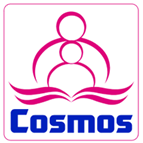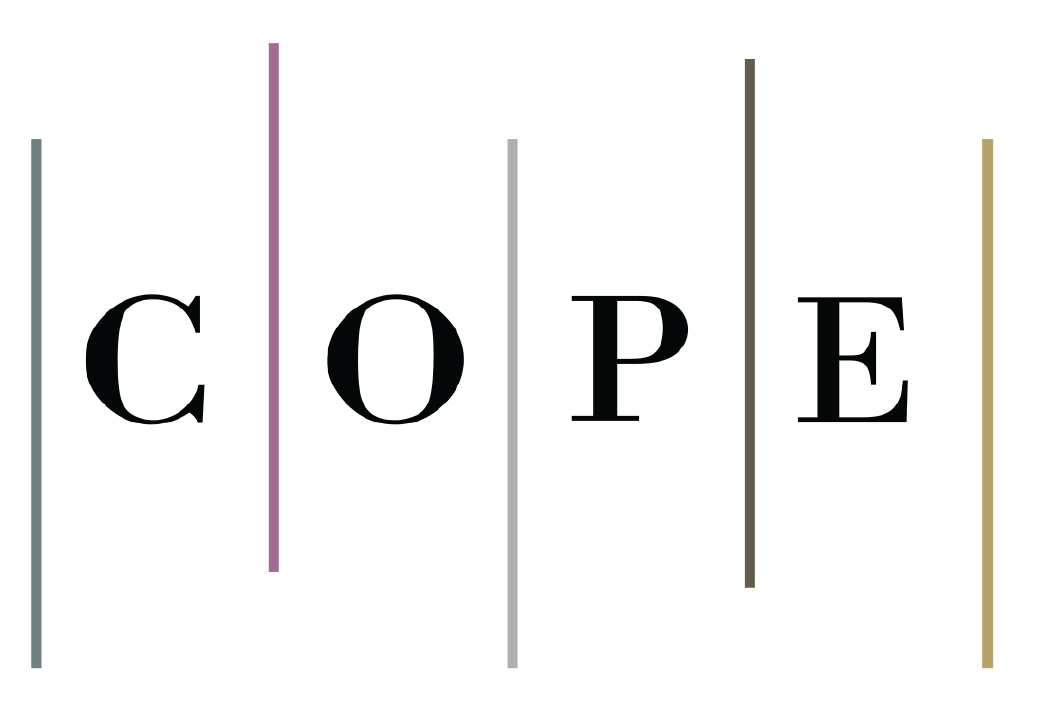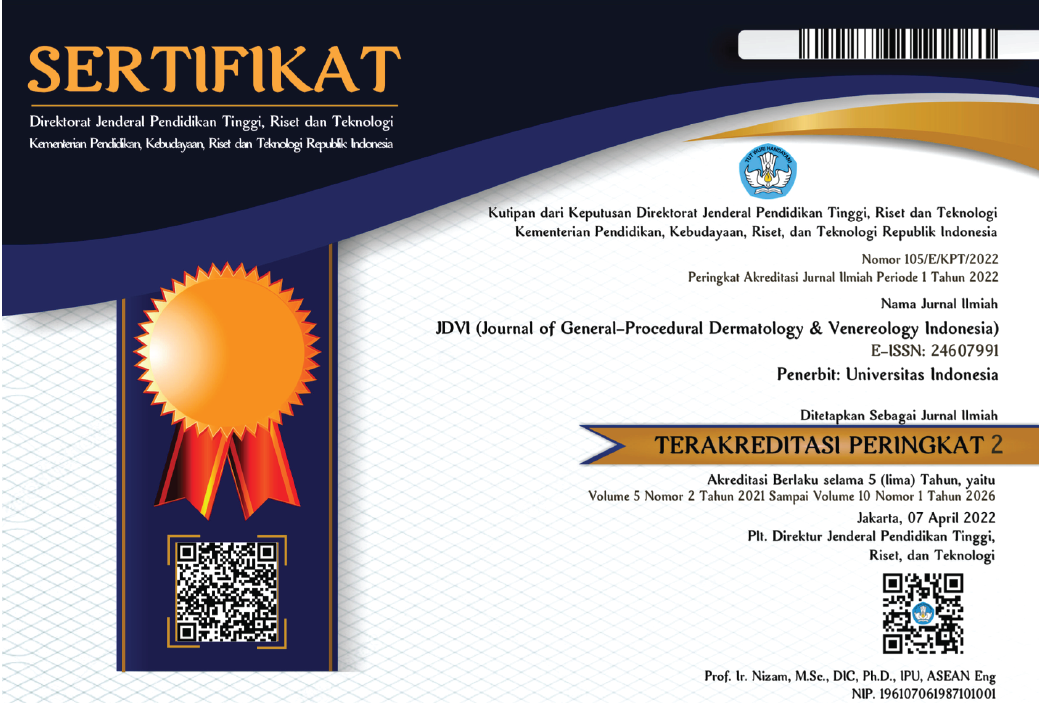Abstract
Langerhans cell histiocytosis (LCH) is a rare disorder characterized by abnormal clonal proliferation of Langerhans dendritic cells. The incidence of LCH is 1 to 3 cases per 1 million children worldwide, and occurs most frequently in children of 1–4 years of age. The etiopathogenesis of LCH, whether it is neoplastic or reactive, is still controversial. Langerhans cell histiocytosis has a wide spectrum of clinical features, and dermatological abnormalities usually occur early. The most frequent lesions are elevated yellowish-red translucent papules about 1–2 mm in diameter and generally located in seborrheic areas. The most recent classification (the Histiocyte Society study 2017) categorized LCH into four groups; a single system with involvement of unifocal or multifocal organs, lung LCH, and multi-system LCH with either low- or high-risk multiorgan involvement. The definitive diagnosis of LCH are typical morphology along with Birbeck granules and/or positive results on CD1a antigen stain on cells found on lesions. Treatment of LCH is multimodal, determined based on age, extent of lesion, organ involvement, and organ location.
Recommended Citation
Lusiana, Lusiana; Sjakti, Hikari Ambara; Rahmayunita, Githa; Jacoeb, Tjut Nurul Alam; and Krisanti, Inge Ade
(2019)
"Langerhans cell histiocytosis: Diagnosis and Management,"
Journal of General - Procedural Dermatology and Venereology Indonesia: Vol. 4:
Iss.
1, Article 4.
DOI: 10.19100/jdvi.v4i1.161
Available at:
https://scholarhub.ui.ac.id/jdvi/vol4/iss1/4
Included in
Dermatology Commons, Integumentary System Commons, Skin and Connective Tissue Diseases Commons






























